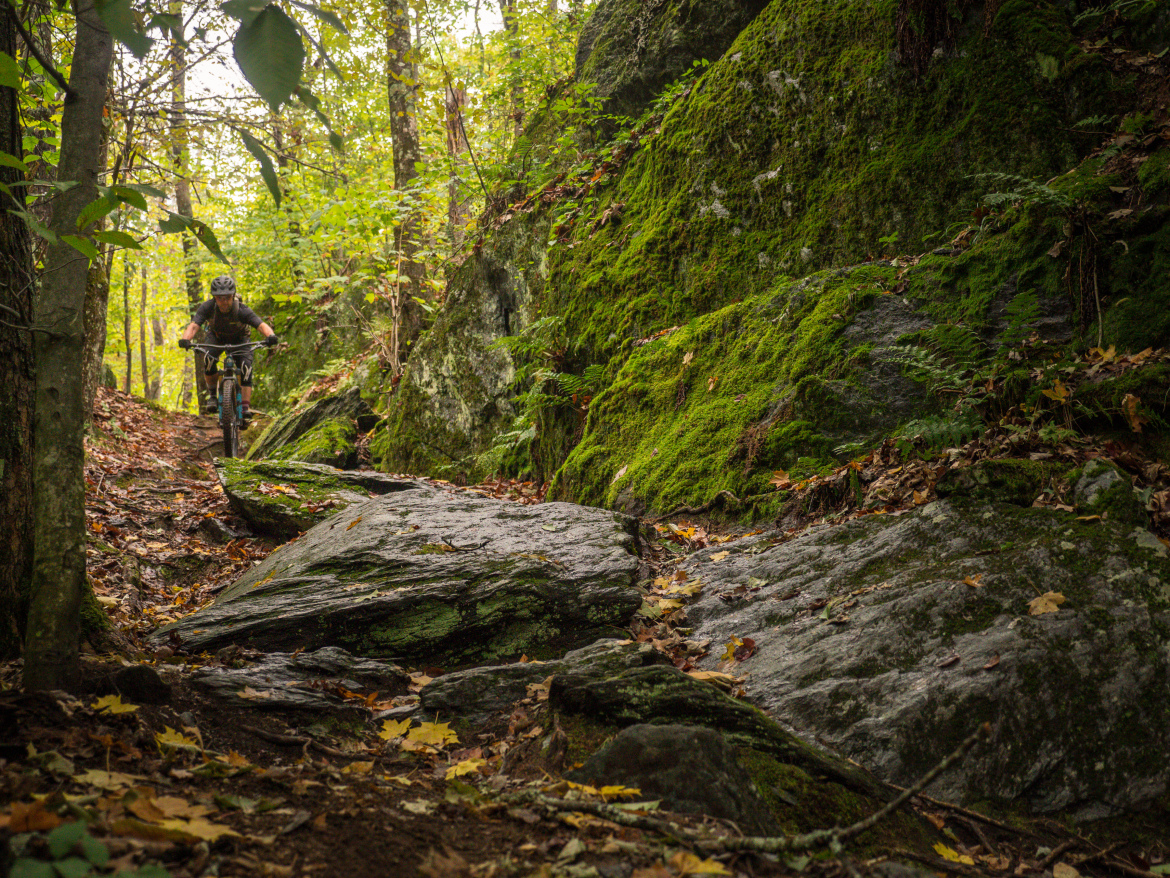
Vermont towns are objectively tiny. At just under 8,000 people, the state’s capital, Montpelier, has the lowest population of any state capital in the USA. Even Vermont’s largest city, Burlington, only has 44,000 residents.
So it’s no surprise that Waterbury, located a half-hour from Burlington, is home to just 5,00 people. What is surprising is that Waterbury’s highly-regarded Perry Hill trail system generates about $1 million per year in economic impact in this small community.
$1 million in revenue from out-of-town mountain bikers
That number comes from an economic impact study conducted in 2025 by Revitalizing Waterbury and the Waterbury Area Trail Alliance (WATA). The study collected data from 296 mountain bikers and utilized trail counter data from Perry Hill trail, which showed that Waterbury’s trails had 11,515 visitors in 2024.
The study determined that “the average day trip visitor spends $44.80 per visit to Waterbury and the average overnight visitor spends $244.60 per visit to Waterbury.” Using that data, they calculated “that mountain bikers who visit Waterbury spend $836,371.30 annually, generating $8,363.71 in local option tax revenue for the town and $63,480.56 in state tax revenue.”
“When we applied our methodology to the aggregate average of all trail counters, this number jumped up to over $1 million dollars of visitor spending in our economy!” wrote Revitalizing Waterbury in a release.

The numbers could have been higher
The study notes that 2025 was an unusual year, with a “recent and drastic decline in Canadian visitors and spending in response to federal government policy.” This didn’t just affect Waterbury — we heard this refrain repeated many times during our September trip to Vermont. The study attempted to offset this by using 2024 trail counter data, but it’s easy to speculate that overnight visitor traffic might have ranked higher in the survey responses if Canadian tourism had been at normal levels.
Based on credit card spending data, Canadian spending in Vermont decreased 55% in June 2025 compared to 2024, and Vermont-Canada border crossings decreased 39.6% in May 2025 compared to 2024. For this tourism-driven economy located right on the Canadian border, that’s a substantial decline.
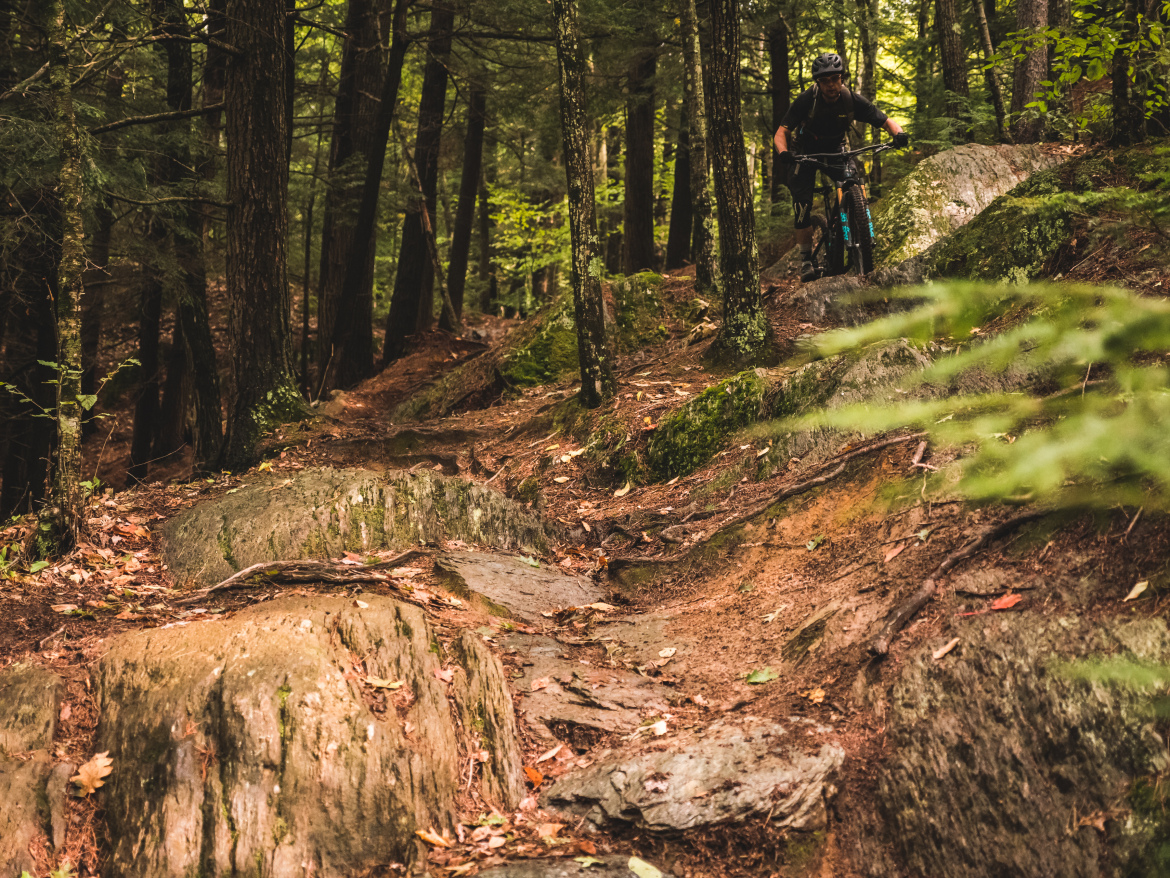
It’s not just visitors: locals live here for the trails
Thirty six percent of riders that responded to the survey were Waterbury residents. The economic impact data was generated solely based on the responses from day visitors (42%) and overnight visitors (22%), and it doesn’t include any economic impact from resident mountain bikers.
However, the survey provided intriguing insights into the motivations of the local riders. Of the local survey respondents, 31% said they had moved to Waterbury specifically because of the mountain bike trails, and 56% of local respondents were WATA members.
“Vermont residents consistently rank the natural environment and access to natural spaces as the top quality that makes Vermont a desirable place to live,” according to the study. “Maintaining access to outdoor recreation is necessary for attracting and retaining residents in Waterbury and preserving the culture, community, and economy that make Waterbury an appealing place to live and visit.”
Miles of fantastic trails that the residents love, which simultaneously generate profound local economic impact? If that’s not a mountain biking win-win, I don’t know what is.


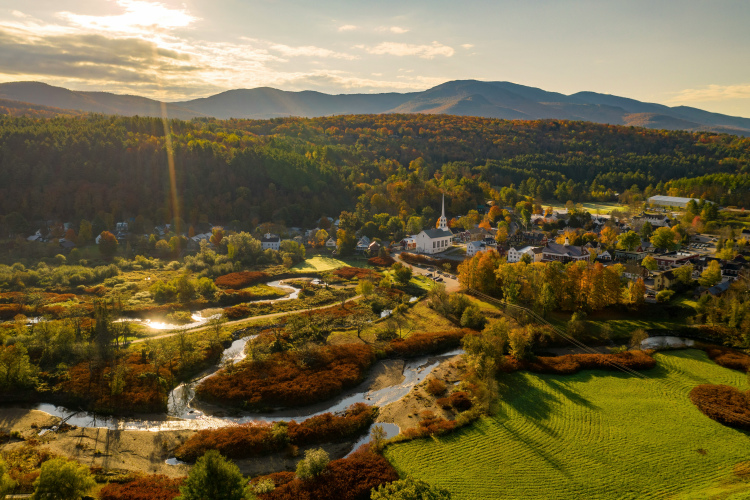

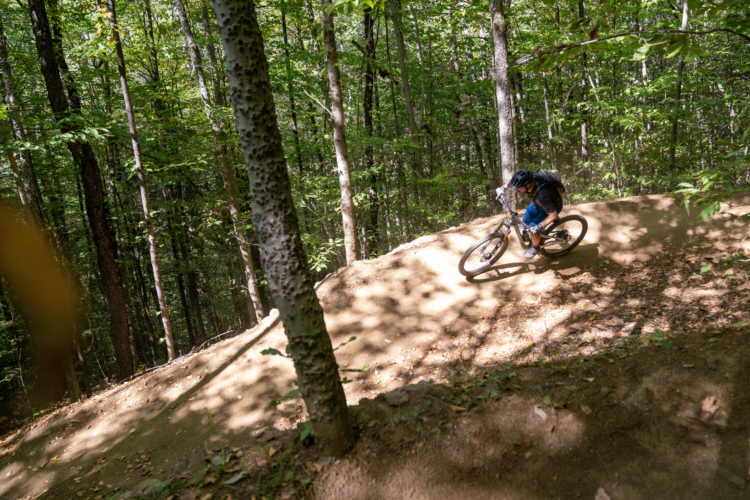
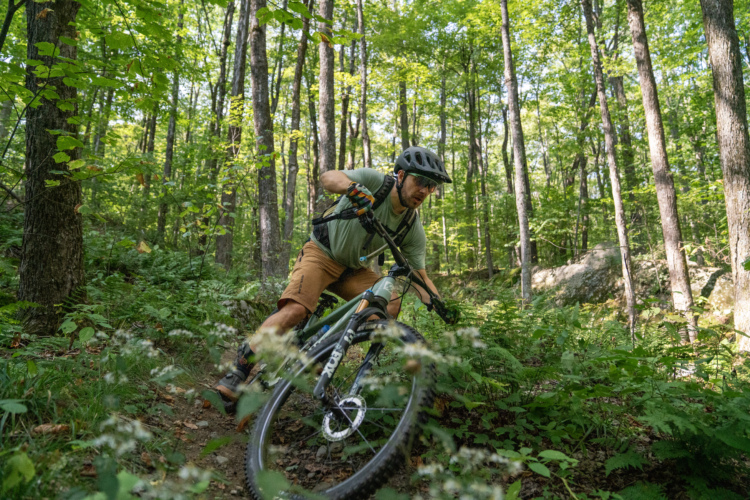


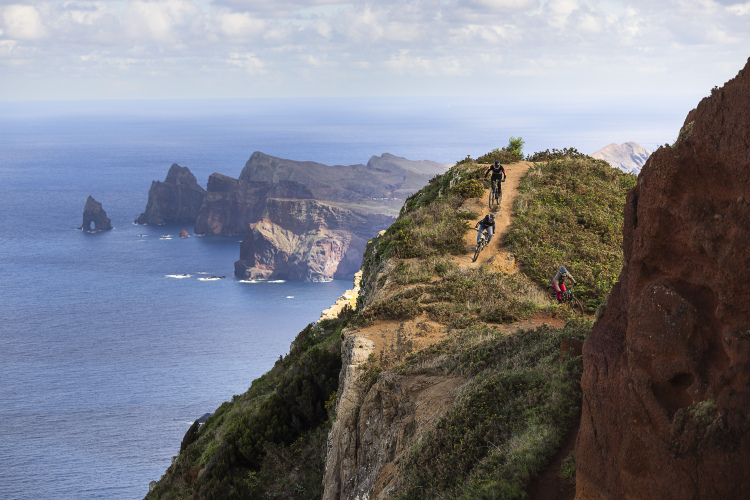


2 Comments
Nov 11, 2025
Nov 11, 2025